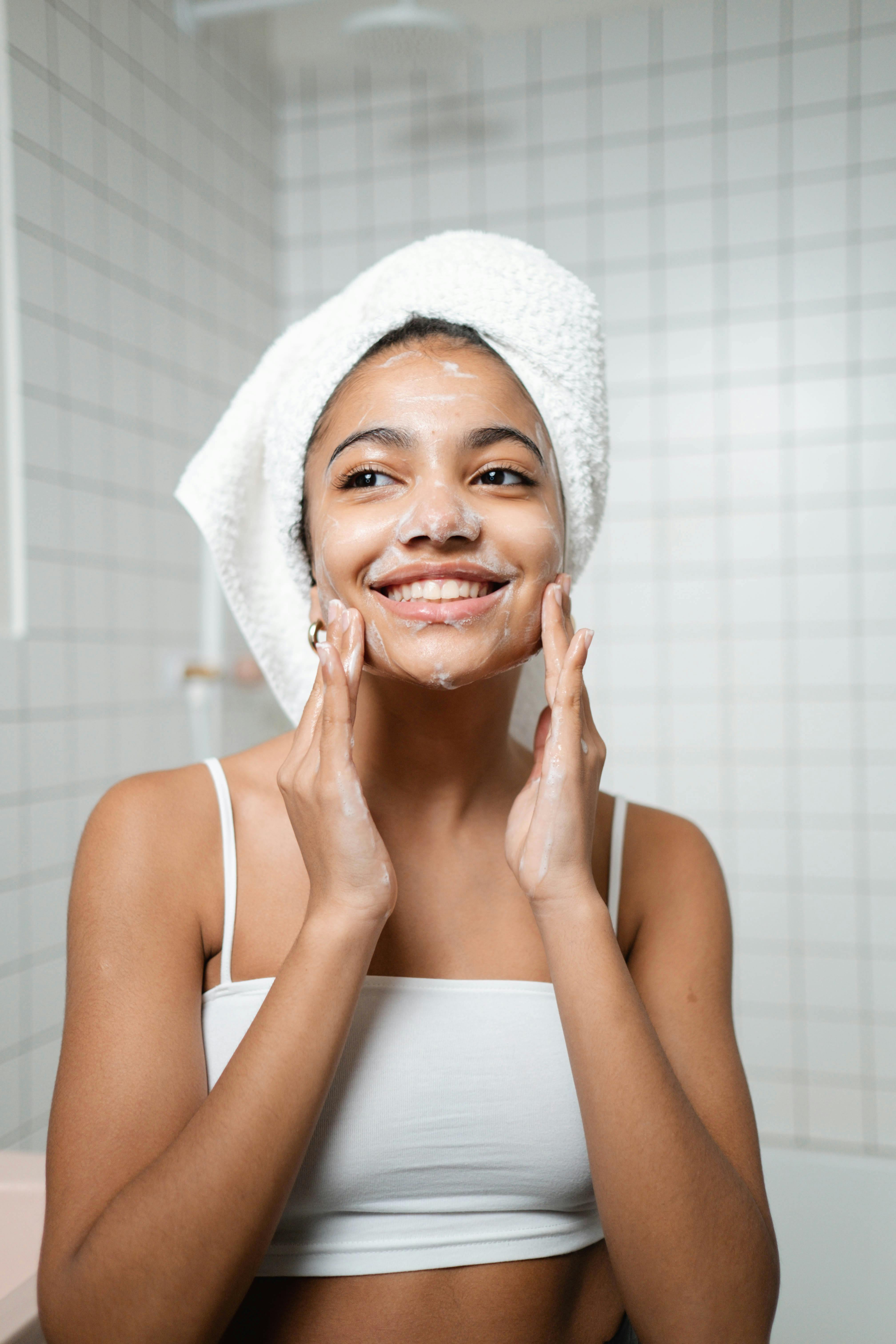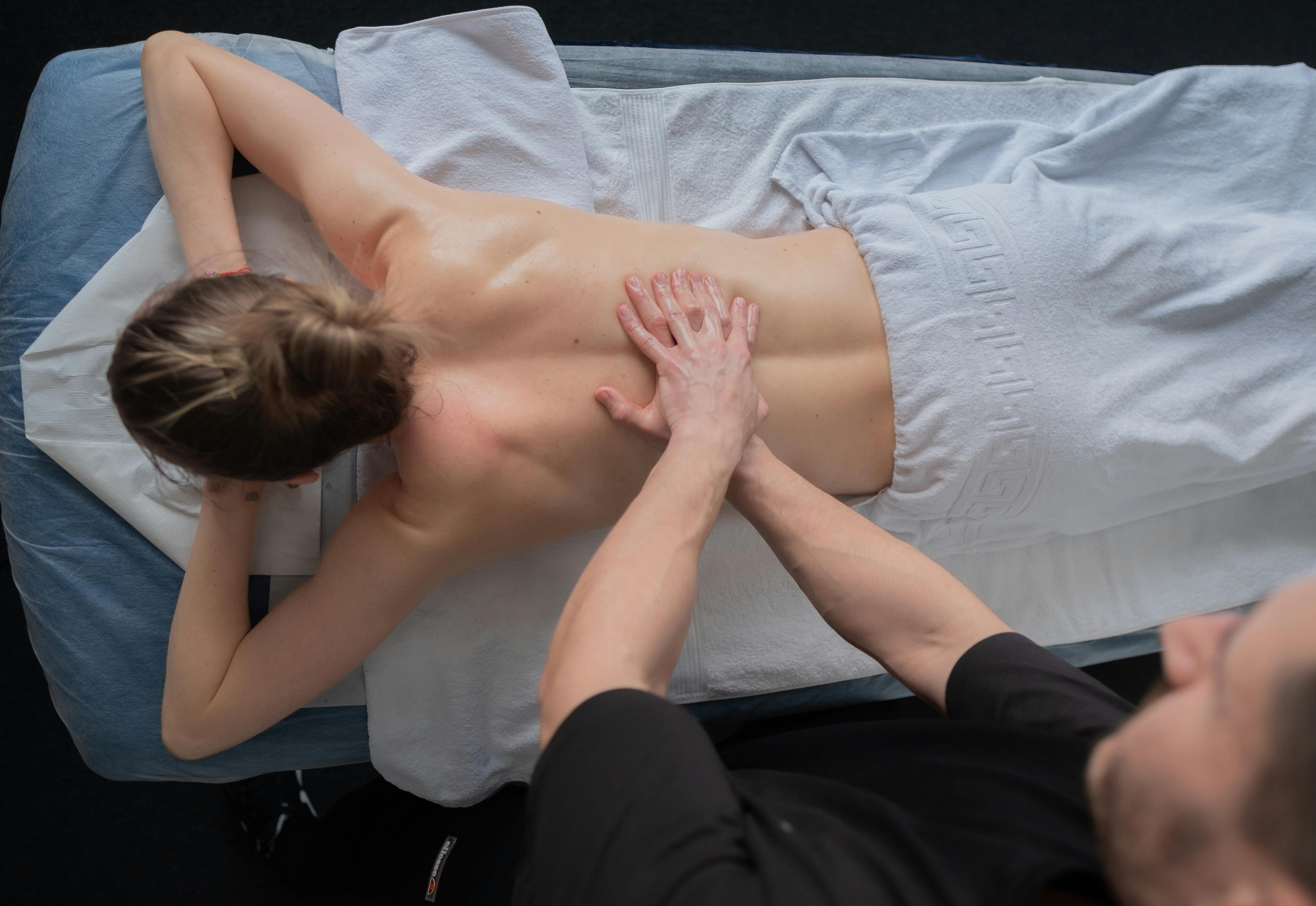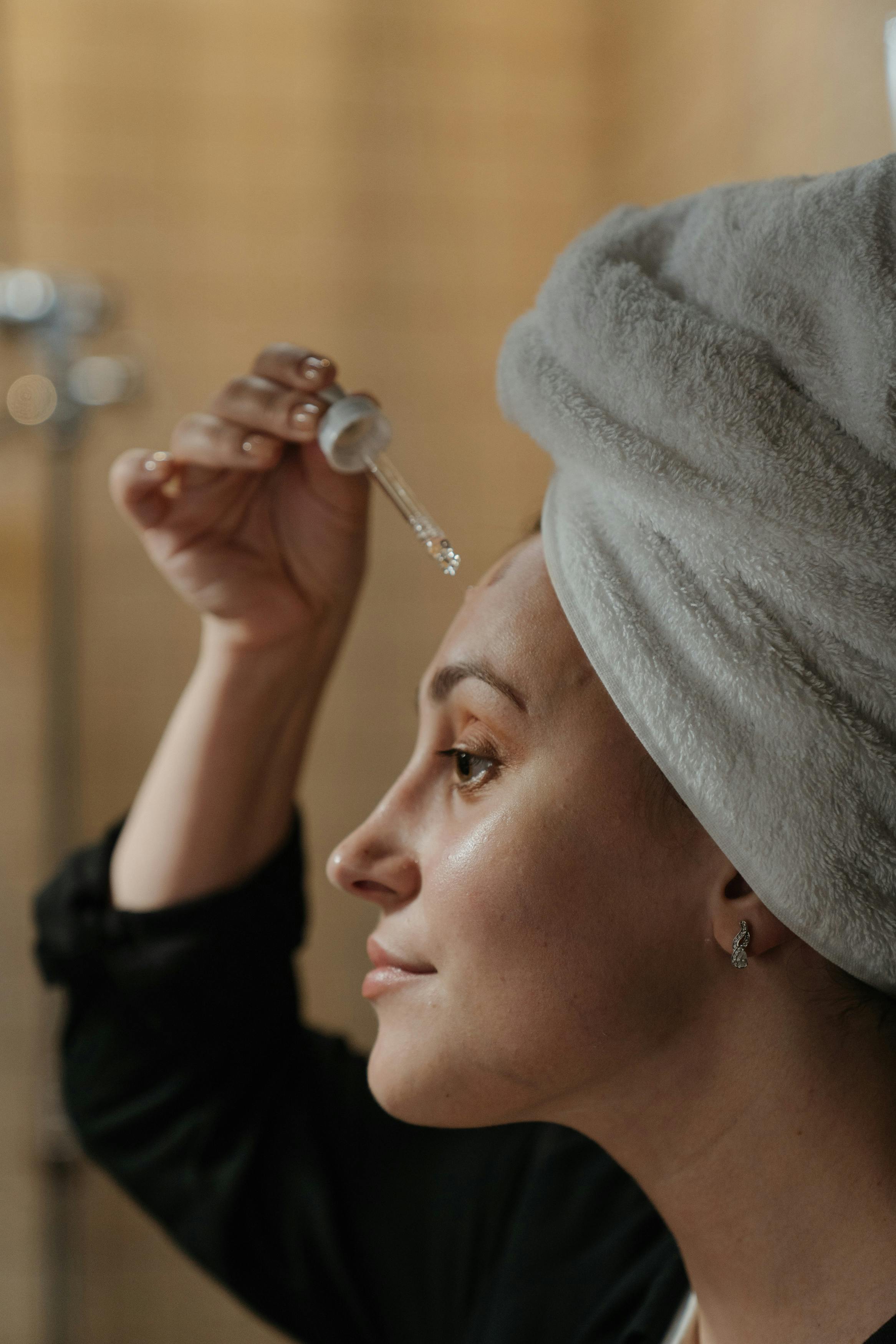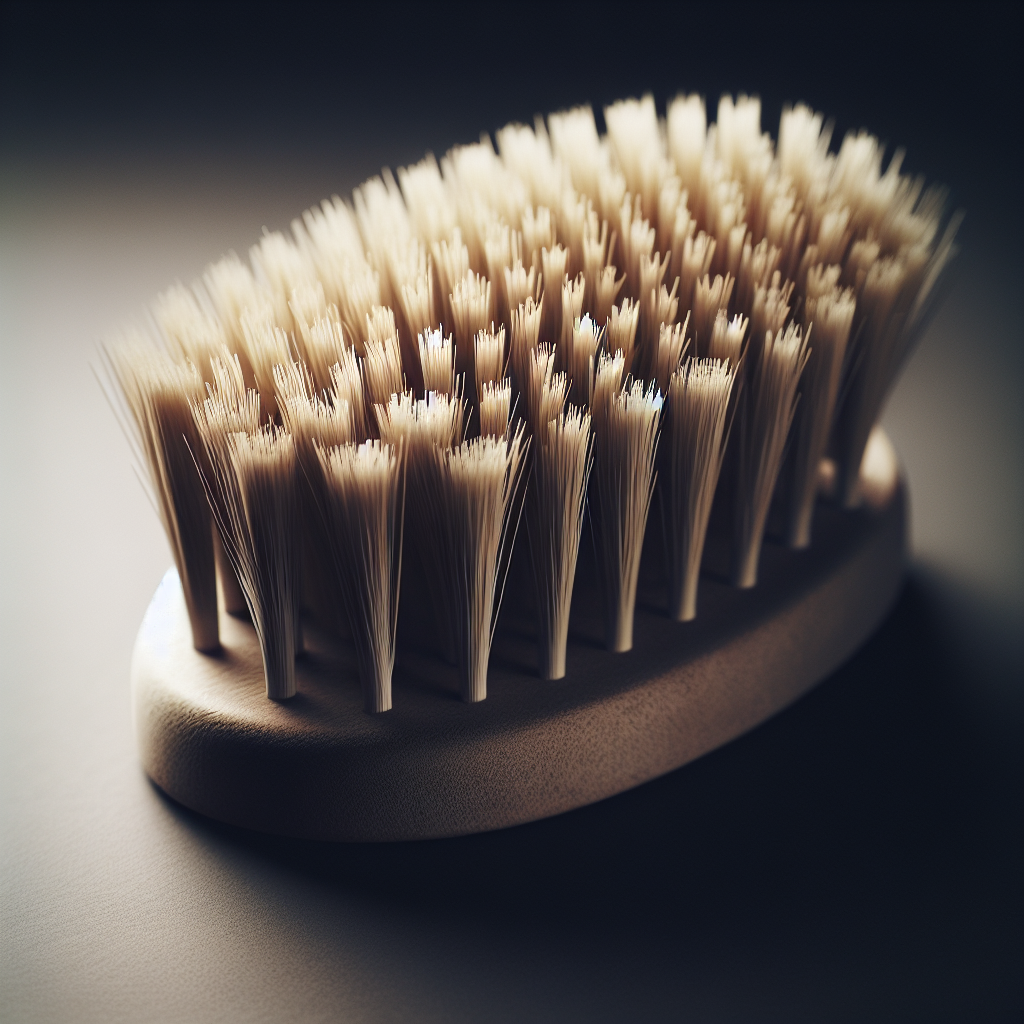Are you tired of dealing with cellulite and looking for a dermatologist who specializes in cellulite treatments? Look no further! In this article, we have compiled answers to some of the most commonly asked questions about cellulite, including what it is, what causes it, and whether it can be harmful to your health. We also address the effectiveness of lifestyle changes, such as diet and exercise, in reducing cellulite, as well as the prevalence of cellulite in different genders and age groups. Whether you’re curious about home remedies, topical treatments, or medical procedures, we have all the information you need to find a dermatologist who can help you tackle this stubborn issue. Don’t let cellulite hold you back – discover the best ways to address it today!

What is cellulite?
Cellulite is a common skin condition that appears as dimpled or lumpy skin, usually on the thighs, buttocks, abdomen, or hips. It is caused by the accumulation of fat deposits beneath the skin, which push against connective tissues and create a bumpy texture. Cellulite affects both men and women, although it is more prevalent in women. This cosmetic concern can often make individuals feel self-conscious about their appearance.
What causes cellulite?
The exact cause of cellulite is not fully understood, but several factors contribute to its development. Hormonal factors, such as estrogen, play a role in the formation of cellulite. Additionally, genetics, poor circulation, and a sedentary lifestyle can contribute to the appearance of cellulite. Excess body fat, muscle loss, and thinning of the skin due to aging can also exacerbate the visibility of cellulite.
Is cellulite harmful?
Cellulite is primarily a cosmetic concern and does not pose any health risks. However, many individuals feel self-conscious and may experience a decrease in self-esteem due to their cellulite. This can affect their overall well-being and quality of life. While cellulite itself is harmless, it is essential to address any underlying causes or risk factors that may contribute to it.
Can diet and exercise reduce cellulite?
While diet and exercise cannot completely eliminate cellulite, they can help reduce its appearance. Adopting a healthy lifestyle that includes a balanced diet and regular physical activity can improve blood circulation, increase muscle tone, and reduce overall body fat. This can indirectly improve the appearance of cellulite. However, it is important to note that diet and exercise may not yield the same results for everyone, as cellulite is influenced by various factors, including genetics and hormonal changes.

Are women more prone to cellulite than men?
Cellulite affects both men and women, but it is more common in women. The structural differences in the connective tissues and fat distribution between men and women contribute to this disparity. Women tend to have thinner skin and a higher percentage of body fat, making them more susceptible to cellulite. Additionally, hormonal factors, such as estrogen, can further increase the likelihood of cellulite in women.
How can cellulite be treated?
There are various treatment options available for cellulite, ranging from non-surgical to surgical procedures. The effectiveness of each method may vary depending on individual factors such as the severity of cellulite and personal preferences. Here are some treatment options commonly used:
Non-surgical treatments:
Non-surgical treatments include techniques such as radiofrequency, ultrasound, and mechanical massage. These treatments aim to stimulate collagen production, improve circulation, and reduce the appearance of cellulite. While non-surgical treatments may provide temporary improvement, multiple sessions are often required to maintain the results.
Surgical treatments:
Surgical procedures like liposuction or laser-assisted liposuction can be used to remove excess fat deposits and improve the appearance of cellulite. These procedures involve the insertion of a thin tube called a cannula to suction out the fat. However, it is important to note that liposuction is not specifically designed to treat cellulite, and its effectiveness in cellulite reduction may be limited.
Laser treatments:
Laser treatments use laser energy to heat and shrink fat cells, stimulate collagen production, and improve skin elasticity. These treatments can help reduce the appearance of cellulite and improve overall skin texture. Laser therapy is often combined with other treatment modalities for enhanced results.
Topical treatments:
Topical treatments, such as creams, lotions, and gels, are available over the counter and claim to reduce the appearance of cellulite. These products often contain ingredients like caffeine, retinol, or antioxidants, which are believed to improve blood flow, firm the skin, and break down fat cells. While topical treatments may provide temporary improvement, consistent and long-term use is typically necessary to maintain results.
Massage therapies:
Massage therapies, such as lymphatic drainage massage or deep tissue massage, can help improve circulation, reduce fluid retention, and break down fat cells. These treatments aim to improve lymphatic flow and stimulate collagen production, ultimately improving the appearance of cellulite. Regular sessions are often recommended to maximize the benefits.

Does losing weight eliminate cellulite?
Losing weight can help reduce the appearance of cellulite, but it may not eliminate it entirely. When you lose weight, excess fat deposits are reduced, which can lead to a decrease in cellulite visibility. However, cellulite is influenced by multiple factors, and weight loss alone may not address all those factors. Increasing muscle tone through exercise and adopting a healthy lifestyle can provide additional benefits in minimizing the appearance of cellulite.
Are there any effective home remedies for cellulite?
Several home remedies claim to reduce the appearance of cellulite, but their effectiveness varies. Some commonly suggested home remedies include dry brushing, coffee scrubs, massage with essential oils, and consumption of collagen supplements. While these remedies may provide temporary improvement or enhance the effectiveness of other treatments, their impact on cellulite reduction is often limited. It is important to approach home remedies with caution and consult with a healthcare professional.
Can creams and lotions really reduce cellulite?
Creams and lotions marketed for cellulite reduction often contain ingredients that claim to improve blood circulation, break down fat cells, or firm the skin. While these products may provide temporary improvement in the appearance of cellulite, their effects are often modest and short-lived. Consistent and long-term use may be necessary to maintain any visible results. It is important to manage expectations and consider complementary treatment options when using creams and lotions.
Where to find a dermatologist specializing in cellulite treatments?
Finding a dermatologist specializing in cellulite treatments can be done through various methods:
Researching online:
Online research can provide a wealth of information about dermatologists specializing in cellulite treatments. Browse through websites, read reviews, and look for information about the dermatologist’s experience, qualifications, and the services they offer.
Consulting with your primary care physician:
Your primary care physician can provide valuable recommendations for dermatologists specializing in cellulite treatments. They may have firsthand knowledge or contacts within the medical community that can guide you in finding a suitable dermatologist.
Asking for referrals from friends or family:
Reach out to friends or family members who may have undergone cellulite treatments or have knowledge of dermatologists in your area. Personal referrals can give you insights into the effectiveness and reputability of a dermatologist.
Checking with other dermatologists:
If you already have a dermatologist but they do not specialize in cellulite treatments, consider asking for a referral. Dermatologists often collaborate or have professional networks, and they may be able to recommend a colleague with expertise in cellulite treatments.
Contacting professional organizations:
Professional organizations, such as the American Academy of Dermatology, can provide a list of dermatologists specializing in cellulite treatments in your area. These organizations often have directories or referral services that can connect you with qualified professionals.
Searching local directories and listings:
Local directories, both online and offline, can be an excellent resource for finding dermatologists specializing in cellulite treatments. Check out healthcare directories, phone books, or online listings specific to your region.
Reading online reviews and testimonials:
Reading online reviews and testimonials from previous patients can provide valuable insights into various dermatologists’ expertise, patient satisfaction, and success rates. While individual experiences may vary, this information can help guide your decision-making process.
Scheduling initial consultations:
Consider scheduling initial consultations with multiple dermatologists to discuss your concerns and treatment options. This will allow you to evaluate their approach, expertise, and overall compatibility with your needs and preferences.
Considering the dermatologist’s experience and expertise:
When choosing a dermatologist specializing in cellulite treatments, consider their experience and expertise in this specific area. Ask about their training, certifications, and the number of cellulite treatments they have performed. A skilled and knowledgeable dermatologist is more likely to provide effective and safe treatments.
Evaluating the clinic or facility:
Assess the clinic or facility where the dermatologist practices. Consider factors such as cleanliness, staff competence, and the availability of advanced equipment or technology. A well-equipped and well-maintained clinic can contribute to a positive treatment experience.
In conclusion, cellulite is a common cosmetic concern that affects many individuals, particularly women. While its exact cause is not fully understood, factors such as hormones, genetics, and lifestyle choices contribute to its development. Cellulite is not harmful, but it can impact self-esteem and overall well-being. Various treatment options, including non-surgical and surgical methods, are available to address cellulite. However, it is crucial to manage expectations and consult with a qualified dermatologist specializing in cellulite treatments for personalized guidance.

